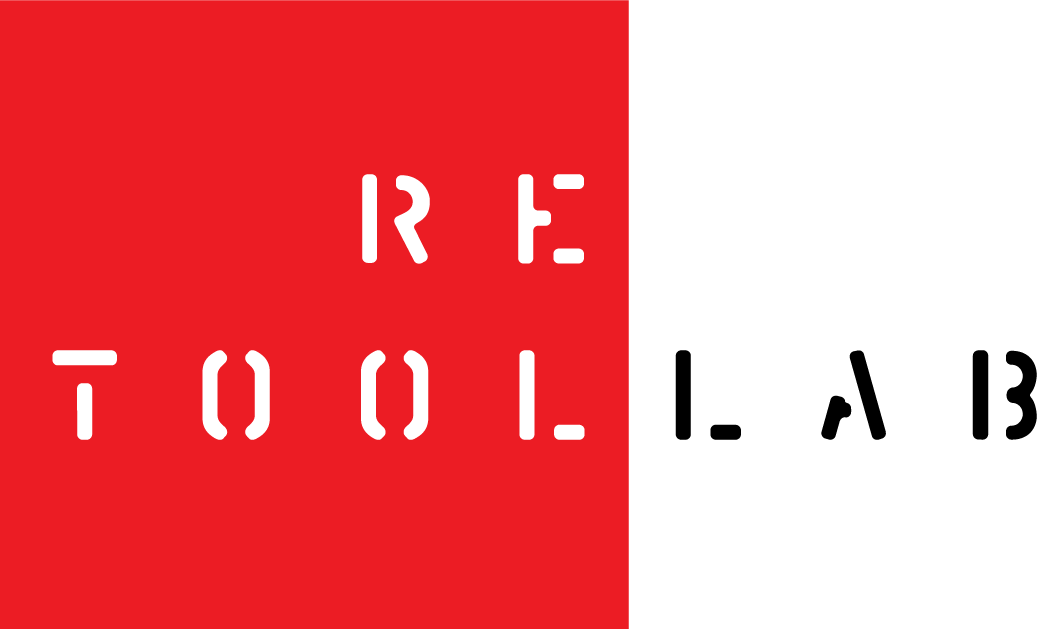Missing in Action: How the Canadian brand was written out of history.
We all know storytelling is an effective way to get people caring about organizations: words grab people emotionally and engage imaginations; great stories shape conversations and build trusted brands. Knowing “how we got to now” is essential for any organization. It helps people understand why decisions were made at the time, and it reveals unifying themes that help pass the torch to the next generation. Most organizations, however, aren’t good storytellers and neglect its potential to demonstrate unique experience.
“Where we’ve been. Where we are. Where we’re going.”
American Experience (PBS) tagline
Worse than not telling your organization’s story effectively, however, is not telling it at all, which leaves organizations unanchored and adrift. And that, in a nutshell, is what Tim Cook’s excellent new book is about: The Fight for History: 75 Years of Forgetting, Remembering, and Remaking Canada’s Second World War (Allen Lane, 2020) is a cautionary tale about the social and cultural consequence of neglecting to tell our story.
Over 45,000 Canadian soldiers died during the six long years of the “Necessary War,” yet the memory of what Jack Granatstein dubbed “The Best Little Army in the World” was quickly swept “into the dustbin of history.” Soldiers came home and wanted to forget what they experienced; military commanders and political leaders, too, wanted only to get on with life.
Canadians were not indifferent to learning about the war but with few interested in telling stories, by the late 1940s we had little choice but to “turn to other countries’ accounts” of the war. If you are unwilling to tell your own stories – and by 1995, historian David Bercuson was lamenting “we literally do nothing” – nations with louder voices peddling their own, different (and often wrong) messages control the story.
Being ambivalent meant we tacitly allowed our contributions to be obscured: “forgotten by most, denigrated by others,” writes Cook. British or American writers had little incentive to acknowledge the huge effort of the Royal Canadian Navy and the Merchant Navy; instead we were described as weak and pathetic. Similarly, the report of the British commander in Hong Kong about his 1941 defeat scapegoated the Canadians, even though our soldiers fought tenaciously in Hong Kong and Japanese reports about “strong opposition,” “fierce fighting,” and “heavy casualties” usually referred to battles against Canadians. Movies contributed significantly to what many people knew but they made it seem as if Americans won the war singlehandedly: if Canadians were lucky enough to get mentioned, it was still the Americans who did the heavy lifting. The Longest Day reinforced D-Day as a battle fought and won by Americans and British soldiers; almost forty years later, Saving Private Ryan reinforced that message to a new generation of Canadians.
How you tell the lessons of your story profoundly impacts whether your culture is successfully understood and appreciated. Demythologizing the past explains identity but we had been written out of history. Even we began seeing our once vital role “as a sequence of defeats, disasters, and disgrace” and this “perverse focus on defeat” made us look like “losers.” So much for national identity. Without a sense of its relevance, the war could not be used to deepen our connection to nationhood. Lacking a handle on our own history, says Cook, left us “ungrounded” and unable to know what it meant to be Canadian.
Whose job was it to tell these stories? One of the first Canadian historians on the scene, C.P. Stacey, understood the need to share the story; his superiors, including Mackenzie King and Brooke Claxton didn’t. The CBC and NFB both avoided the war story for years. Successive federal governments chose not to tell the story of the Juno Beach landings on D-Day, so someone else did: a veteran, Garth Webb, led private funding for what became the Juno Beach Centre in 2003 – a private citizen was controlling Canada’s commemorative face at Juno and gave the government no say over content.
“How we remember and what we remember matters.”
Tim Cook
Tim Cook is C.P. Stacey’s and Jack Granastein’s successor, a natural and prodigious storyteller who is, almost single-handedly, trying to undo years of apathy about military history storytelling. This volume completes his trilogy about the Second World War and should be transformed into a film series. The head of Historica, Anthony Wilson-Smith, wrote on Twitter that Cook’s work, as a documentary, would provide “a comprehensive, clear-eyed and wildly compelling look at a key part of the history of our country.”
That still leaves open the question of who is up to producing this necessary work about the Necessary War? What about Cook’s employer, the Canadian War Museum? Since its reopening in 2005, the Canadian War Museum attracts only about 500,000 annual visitors. How many more could it reach and attract, beyond its four walls, if it better leveraged more innovative storytelling solutions? The country needs organizations to lead discussions about its history, even if the government is afraid of the passions it stirs up: it’s crucial for our national brand. For museums to be relevant they have to do more than exhibit artifacts to visitors, they must actively engage a wider audience by producing films and video-based content that can be shared broadly. But alas, most don’t try too hard to get people engaged in dialogue outside a museum visit. They allow “place” to distract from what should be their real mission, which is shaping conversations, and engaging and educating the Canadian public. With the pandemic putting the sector on its heels, it’s time to think and act differently.


